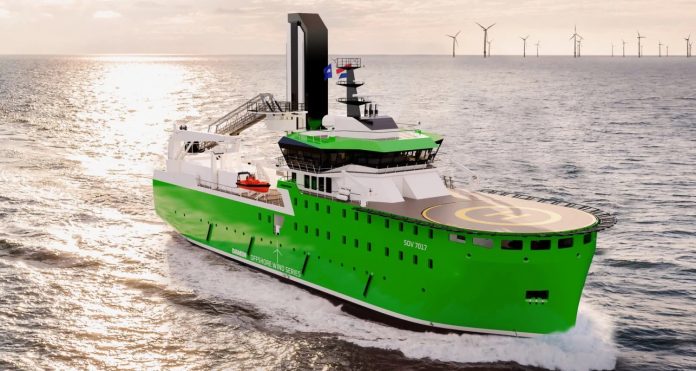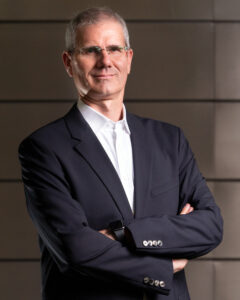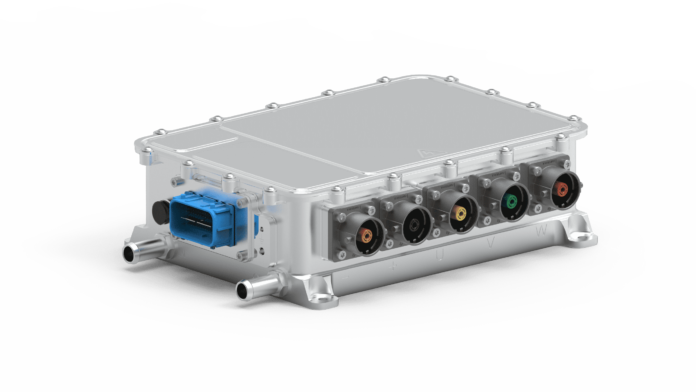Since September 19th, the Lombardy Region has invited administrations and public subjects to submit investment proposals in “Smart Mobility Data Driven” ambit.
In this ambit, confirming itself as forerunner on a national scale, the Lombardy Region has decided supporting the investments of innovative development and of excellence, with the use of the resources provided for by the Regional Law 9/2000: “Smart Mobility Data Driven” was so born.
Smart Mobility Data Driven: targets and purposes
“Smart Mobility Data Driven” is the initiative that promotes innovative and excellence solutions, for a smart mobility: through the data sharing, the programme has the target of offering the experience of an accessible, safe and sustainable mobility to citizens.
It is composed by two Phases. During the first (Phase 1), administrations and public subjects will be invited to express their interest, submitting investment proposals. So, will be selected those who, owning the demanded requisites, will be admitted to the Phase 2, with the opening of a Financing call, in the coming months.
25 million Euros have been allocated for the project, on 2023 and 2024 years, from the Economic Recovery Fund, established by the Regional Law 9/2020.
The subjects invited to the expression of interest
Different types of subjects are invited to the expression of interest, such as public administrations and public subjects present on the Lombard territory, Communes with a number of inhabitants equal to or exceeding 15,000 people, even in the form of Unions or Consortia. Likewise, Mountain Communities, Provinces and Metropolitan Cities are invited.
Moreover, public transport Agencies, Universities and public university education institutes, public research institutions and bodies, but also public Consortia and Companies for transport and mobility can participate.
If they choose the aggregate form, subjects will have to identify and delegate a lead company, for the filing of documents and the management of relationships with Lombardy Region.
The interventions of Smart Mobility Data Driven
Intervention proposals will have to focus on investments, in Lombard territory, which provide for an innovative development, through excellence projects in the smart mobility ambit.
There are different project typologies: to make an example, those related to the installation of digital solutions are accepted, for the mapping and the control of individual and/or collective mobility flows, including stop and parking – with the goal of a more efficient planning of transport networks and services.
Projects that define mobility policies based on the evidence of data and AVL/AVM systems are then admitted, for the better management of school and work, touristic, commercial and rescue trips.
Again, by way of example, it is possible to submit a hypothesis of ITS (Intelligent Transport System) for traffic light control, smart sensors (IoT) and high-performance connection infrastructures for real-time communications, or also infomobility systems to improve the usability of travels and of mobile payment devices on means of transport.
Eligible and non-eligible expenses
In the Phase 1 expenses foreseen for the realization of the investment (Phase 2) will be presented, concerning the (1) construction, demolition, restructuring, recovery and extraordinary maintenance of works and plants; (2) purchase of plants, machines, technical-scientific equipment, means of transport and other movable goods for multi-year use; (3) eventual charges for intangible assets for multi-year use.
Instead, expenses for which the beneficiary has already used public funding or other types of grants, even from private individuals or from PNRR resources, are not allowed.
Likewise, the expenses for the management or maintenance, or those for the purchase of land and buildings, will not be refunded. In any case, expenses incurred before 20th August 2022, date of publication of the Notice for the expression of interest, will never be eligible.
Smart Mobility Data Driven, from Phase 1 to Phase 2
From 10 a.m. on September 19th 2022 until 4 p.m. on October 19th 2022 it will be possible to submit the expression of interest, on the platform “On Line Calls” by Lombardy Region.
The most interesting proposals will be identified within 60 days from the closure of the telematic procedure.
All projects will be started in 2023 and implemented within June 30th 2024.
(by Marianna Capasso)







 «The Motor Valley represents a strategic area for the Mobility Solutions sector of Bosch, where identifying and training young talents, enhancing the territory on a national scale», stated Camillo Mazza, General Manager of Robert Bosch GmbH Branch in Italy (in the picture). «The technological innovation shared by Bosch and Motor Valley has allowed writing the history of two-and four-wheeled cars: for this reason, we have chosen to further sanction our collaboration, providing future professionals with all competences by our experts».
«The Motor Valley represents a strategic area for the Mobility Solutions sector of Bosch, where identifying and training young talents, enhancing the territory on a national scale», stated Camillo Mazza, General Manager of Robert Bosch GmbH Branch in Italy (in the picture). «The technological innovation shared by Bosch and Motor Valley has allowed writing the history of two-and four-wheeled cars: for this reason, we have chosen to further sanction our collaboration, providing future professionals with all competences by our experts».


